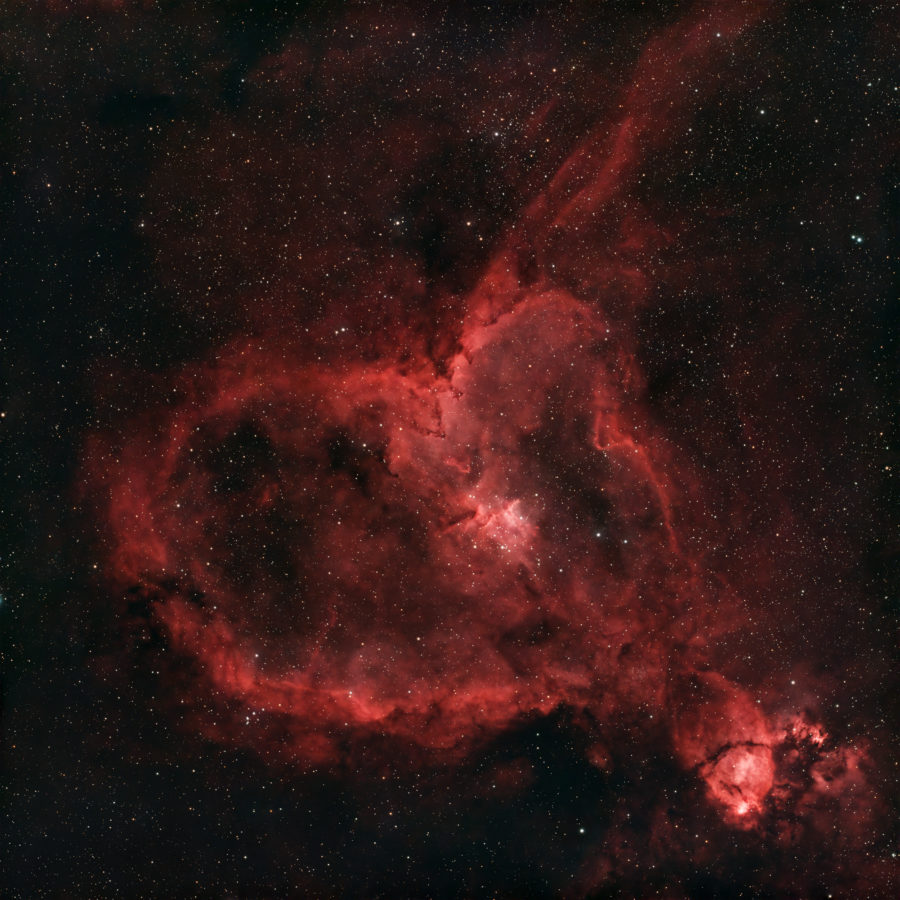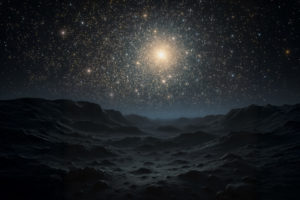Valentine’s Day is a time to celebrate love in all its forms, but did you know that the universe is filled with celestial phenomena that mirror the beauty and passion of romance? From star-crossed binary systems to heart-shaped nebulae, the cosmos offers stunning examples of love on an astronomical scale. Here are some of the most romantic events in the universe that prove love is truly written in the stars.
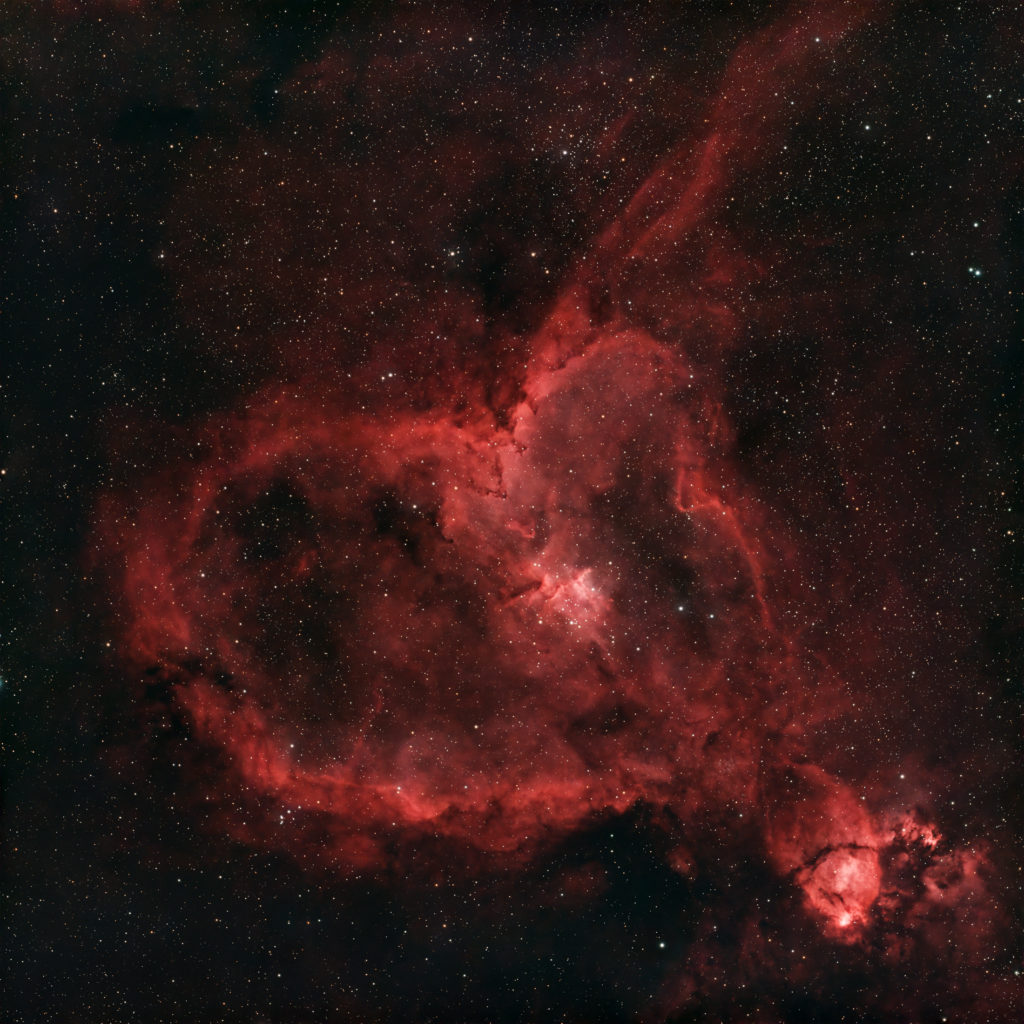
The passionate embrace of binary stars
In the vastness of space, stars don’t always shine alone. Some form close relationships, orbiting each other in a cosmic dance. These are called binary star systems, and they offer some of the most spectacular displays of gravitational romance.
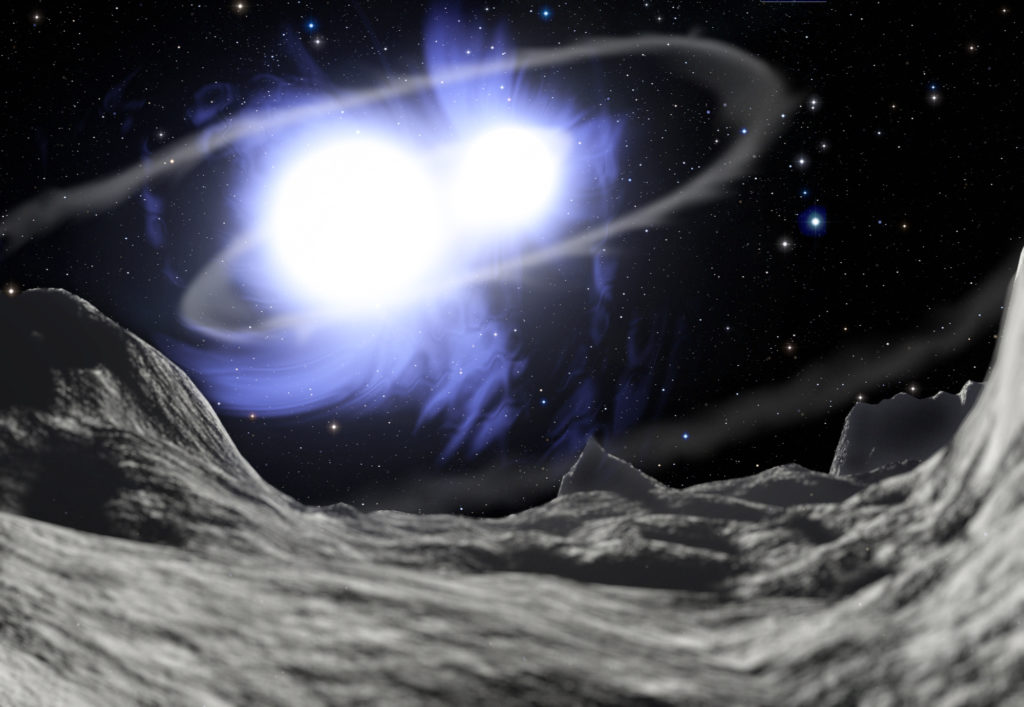
Some of the most dramatic binaries, such as Sheliak in the constellation Lyra, are so close that they share material, with each exchange changing the life cycle of the other. These stellar pairs illustrate the deep connection between celestial objects, bound together by gravity in an eternal waltz.
Spare a thought for our Sun at this time. While most form couples (or even triples!) the Sun is a member of a sizeable minority with no companion. But don’t get too sad. The stability provided by it’s singular journey through the Milky Way may have been necessary for life and love to flourish on Earth!
They were never really together…
Some stars have the dubious distinction of appearing to be perfect celestial couples, only to turn out to be strangers in the night!
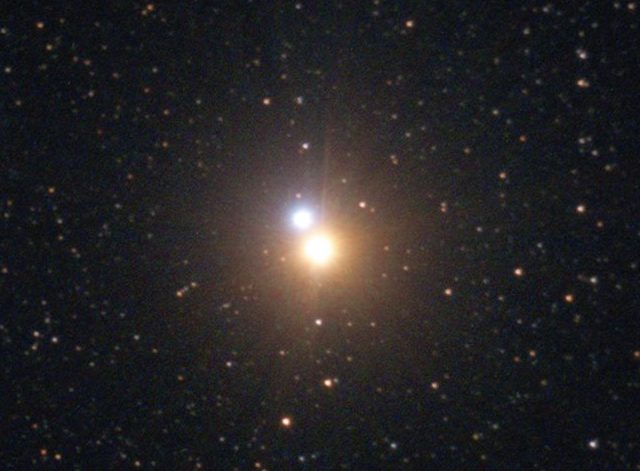
One of the most celebrated double stars in the sky is Albireo in Cygnus: a bright golden star with stunning blue partner. These contrasting hues make the pair a showpiece through the telescope eyepiece
Astronomers had long assumed they were a binary pair, orbiting one another. About 8 years ago, new measurements from the Gaia satellite showed them to be completely unrelated – with the blue star many tens of light-years beyond the golden one. It was merely a chance alignment all along.
Star-Crossed Lovers: Colliding Galaxies
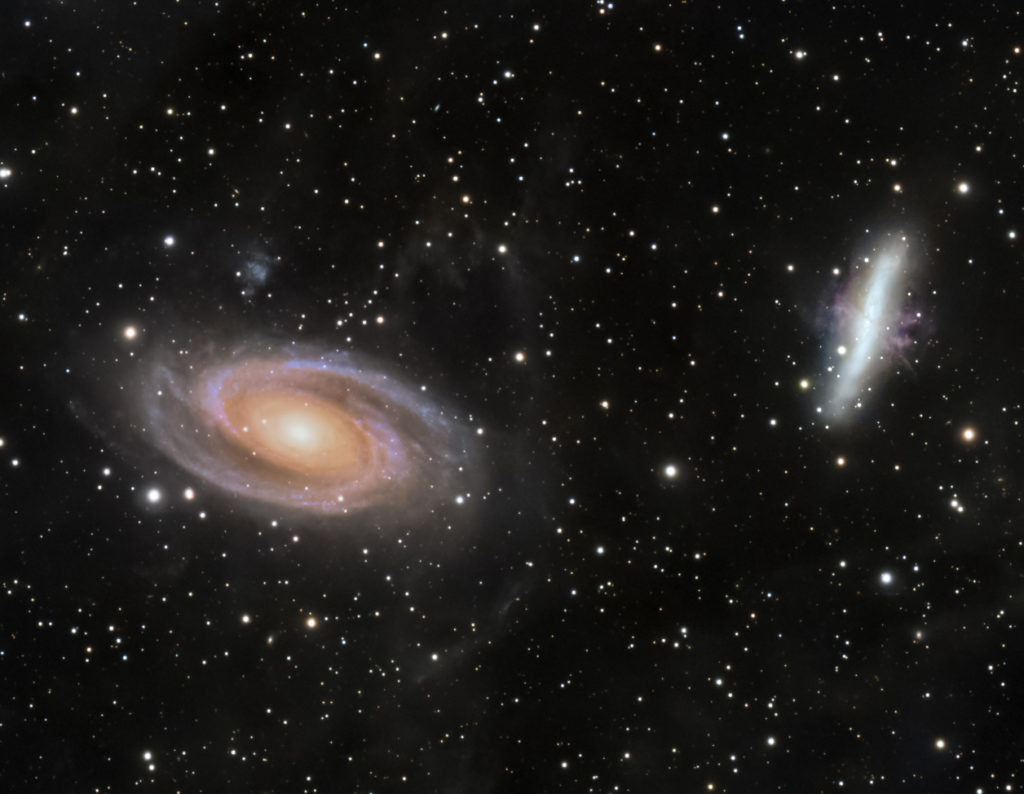
While some cosmic romances are gentle and harmonious, others are fiery and passionate. When galaxies collide, they create stunning displays of interstellar fireworks. A perfect example of this celestial romance is Messier 81 (M81) and Messier 82 (M82), two galaxies that are gravitationally bound in an ongoing cosmic interaction. M81, a grand design spiral galaxy, and M82, a starburst galaxy, have been engaged in a gravitational dance for millions of years. The intense gravitational forces between them have triggered bursts of star formation in M82, creating dazzling regions of bright, young stars. This celestial pairing highlights how interactions, even turbulent ones, can give rise to new beauty and brilliance—much like love itself.
Another pairing is Andromeda and the Milky Way—our galaxy and its closest spiral neighbor. Astronomers predict that in about 4 billion years, the two will collide in a spectacular dance of cosmic proportions, eventually merging to form a new galaxy. Though it may seem like an apocalyptic event, it’s actually a natural and elegant process that highlights the universe’s ability to create something new from two separate entities—much like the union of two hearts in love.
Love Stories Written in the Stars
Throughout history, humanity has looked to the heavens for inspiration, weaving stories of love and longing into the constellations. Some of the most famous celestial myths involve star-crossed lovers whose passion and devotion are immortalized in the night sky.
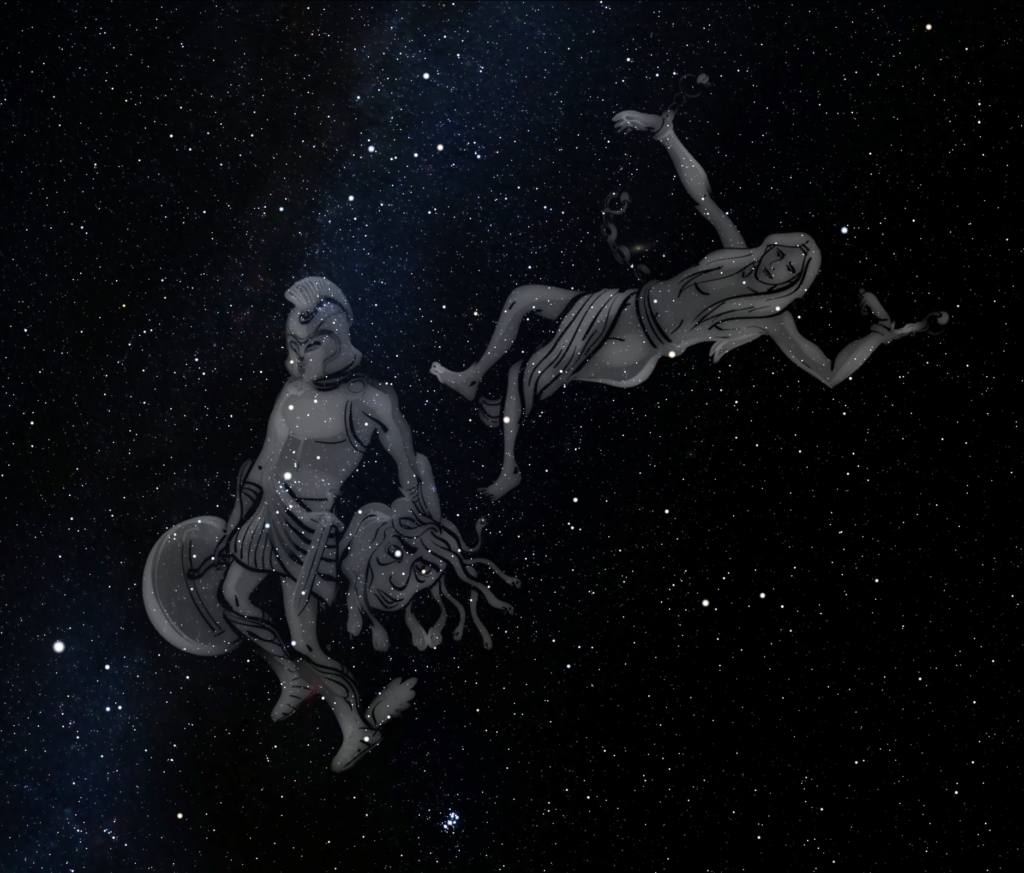
One of the most well-known is the tale of Perseus and Andromeda. According to Greek mythology, Andromeda was a princess doomed to be sacrificed to a sea monster due to her mother’s vanity. Perseus, a brave hero armed with Medusa’s head, rescued Andromeda and later married her. Today, their love story is enshrined in the stars, with the constellation Andromeda lying near Perseus in the sky, a celestial tribute to their legendary romance.
Another heart-wrenching love story is that of Orion and Artemis. Orion, a mighty hunter, was beloved by Artemis, the goddess of the moon and the hunt. However, their love was doomed when Artemis’s twin brother, Apollo, tricked her into shooting Orion with an arrow. Devastated, Artemis placed Orion in the night sky as a constellation, ensuring that his brilliance would shine forever. On clear winter nights, his starry figure dominates the heavens, a reminder of love lost but never forgotten.
Finally…
Whether it’s binary stars locked in an eternal embrace, galaxies merging in a dramatic celestial dance, or mythological lovers immortalized in the heavens, the universe is filled with stories of passion, devotion, and romance. This Valentine’s Day, take a moment to look up at the stars and remember that love—like the cosmos—is vast, beautiful, and full of wonder.
So whether you’re stargazing with a special someone or simply appreciating the romance of the universe, let these cosmic love stories remind you that love is truly universal.
Wishing you clear skies,
Dr Adrian Jannetta FRAS

